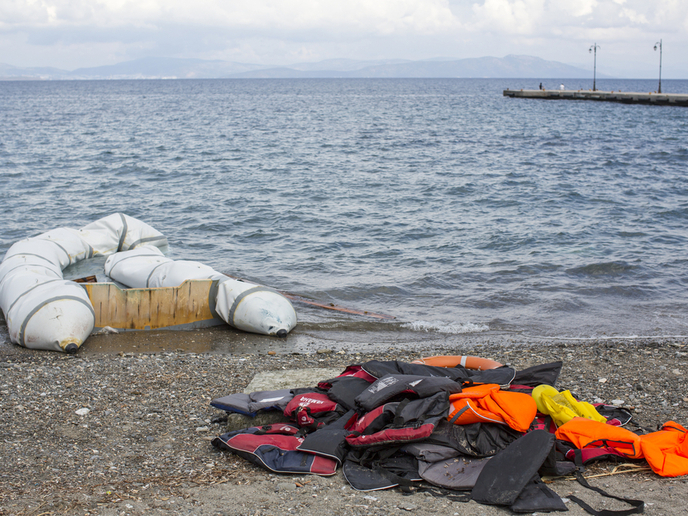Exploring the media’s influence on how European citizens think and feel about immigration
Despite wide acceptance that the mass media influences attitudes to immigration, there is little empirical evidence. Macrosocial studies that have documented the effect of mass media on acceptance of immigration, correlate news about immigrants (how often and in which tone?) with data on people’s attitudes. Yet their results struggle to evidence direct causation. This research carried out by the IMMIGRANTS project, undertaken with the support of the Marie Skłodowska-Curie programme, pursued a more individual-centred approach by exposing people to particular immigration news and then recording their reactions – in terms of their attitudes and emotions. Sylvie Graf and Sabine Sczesny, professors at the University of Bern(opens in new window), found that language used to describe immigrants (e.g. nouns vs. adjectives), the tone of the news (positive vs. negative), who was talking about immigration issues (migrants vs. experts), and the presence of accompanying images, influence attitudes toward immigrants and immigration.
Revealing the underlying mechanisms
One method the IMMIGRANTS team used was to create fictitious newspaper reports inspired by real news. For example, they prepared various versions of an article about either positive or negative behaviour of Italian immigrants in Switzerland – one including descriptions of nationality with only nouns (‘immigrated Italians’) and another only with adjectives (‘Italian immigrants’). Participants were randomly divided into four groups, one for each report. After reading the fictitious article, participants were asked how they felt about Italian immigrants, about their attitudes toward immigrants and immigration. The team compared the results from the four groups, surmising that any differences would be the result of the experimental manipulation. The evidence suggested that mass media news about immigrants can alter attitudes toward the immigrant group at stake after only singular exposure. Regarding labels, when ethnicity or nationality of immigrants was described with nouns, people felt more negative about the given immigrant group than when it was described by adjectives, independent of whether they read about immigrants’ positive or negative behaviours. “We cannot avoid labelling when describing other people’s group membership. We search for information about where others come from or belong to in order to make sense of our social environment. But we should choose our words carefully as our descriptions may polarise attitudes of our audiences,” says Graf, a Marie Skłodowska-Curie Fellow. Preliminary evidence on the effect of images in news reports (increasingly prevalent with online news) on immigration suggests that reports with an image depicting an immigrant evoked greater empathy than reports without and subsequently led to more positive attitudes to immigrants and immigration. However, according to Graf: “The specific role of pictures accompanying news reports on immigration needs further investigation.”
Towards inclusive and harmonious societies
In order to create inclusive and harmonious societies, the goal defined within the European Platform against Poverty and Social Exclusion(opens in new window), residents of European countries must come to terms with people from different ethnic, cultural and religious backgrounds. “Better understanding of the factors that fight or enhance intolerance can inform tailored interventions to improve relations between groups in society,” states Graf. While the team have shared their results in workshops for professional communicators about immigrants and immigration (journalists and NGO employees), they are now seeking to reach a larger audience. They also plan to extend their research into the impact of images, as well as into behavioural intentions towards people from different groups.







